In real terms, pet care value sales in the US have been flat over recent years, declining by 3 per cent between 2009 and 2012, before expanding by 3 per cent to $30 bn during the period 2012-2014. Given the onset of the so-called "great recession" in late 2008 (real GDP contracted by 3 per cent during 2009, while the country's unemployment rate peaked at 10 per cent in 2010), the pet care market actually performed relatively well.
This was largely due to the performance of a small number of categories - premium dog and cat food and dog and cat treats. Between 2009 and 2014, real value sales of premium dog food exhibited a compound annual growth rate (CAGR) of 1 per cent to $10 bn, while real value sales of economy and mid-priced products both had CAGRs of -2 per cent, declining to $3 bn and $5 bn respectively. As a result, premium dog and cat food now accounts for a third of all pet care value sales in the US. Meanwhile, real value sales of dog treats increased by 23 per cent to $3 bn between 2009 and 2014, while cat treat sales expanded by 44 per cent to $594 mio.
The haves and have-nots
In this context, it is not surprising that some less affluent American consumers are spending less on pet food. For example, in February 2014, a local TV station reported that Warrensburg Senior Centre in Warrensburg/Missouri had begun to include pet food in its meals-on-wheels deliveries after staff noticed that many senior citizens were sharing their home-delivered meals with their pets because they could not always afford pet food. "What was I supposed to do - just eat in front of him?" one said. The report added that this idea was spreading nationwide as awareness of the prevalence of this behaviour increases.

 Menü
Menü

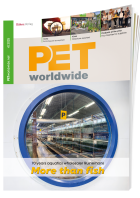



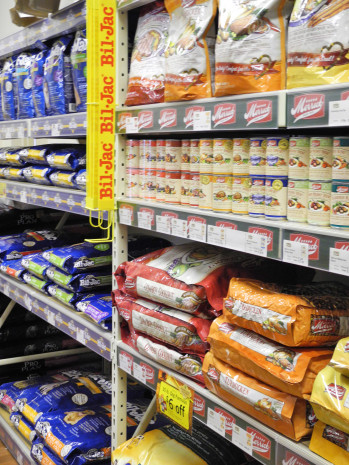


 3/2015
3/2015
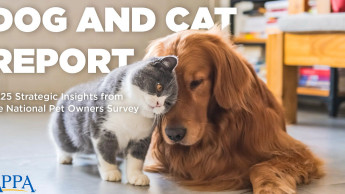

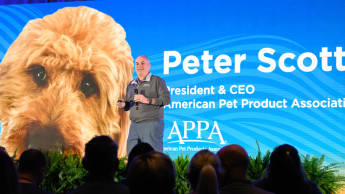

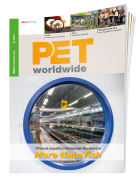

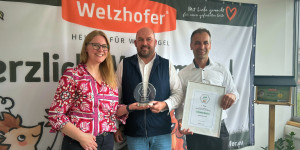


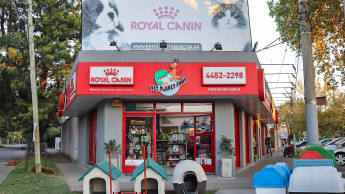


 Newsletter
Newsletter